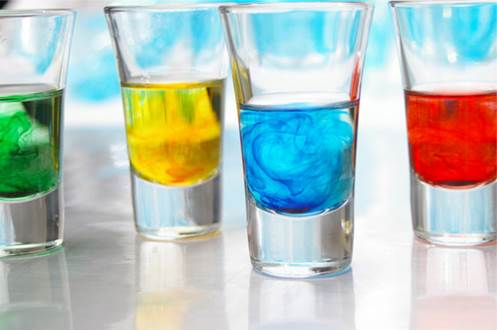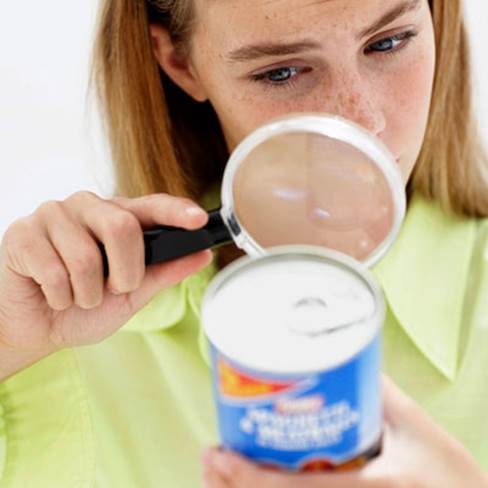According to researchers from Southampton
University, eating artificial colorings can affect children’s intelligence
developments.
Synthetic colorings are additives used in
food processing. The colorings have varieties in color, kind and are also used
in pharmacy and for making cosmetics…
In food processing, colorings are aimed to
increase food’s attraction and have no nutritious value. Some company use
artificial colorings because of their cheap prices, bright and durable color.
However, artificial colorings are able to cause bad effects on human health,
such as cancer, genetic and mental toxicities.

Artificial
colorings would bring no helps to the development of brain.
Researchers pointed out 7 artificial
colorings including the sunset yellow which decrease the intelligence index of
children, especially when children are in the stage of physical development and
their organs are still not old enough to dispel the toxic outside their bodies.
Therefore, children shouldn’t eat many food containing colorings.
Scientist confirmed that artificial
colorings would bring no helps to the development of brain. Children’s
development needs a great amount of nutrients like protein and high-quality
fat. Artificial colorings not only provide no necessary nutrients, but produce
harmful substances. It’s possible that arsen or lead is blended with the
pigment during the packing and transportation. Those substances can delay the
development of brain and nerves.

Being
a wise consumers, parents should read carefully the compound of the products
before buying them.
Technically, artificial colorings are safe
to use in cooking foods as long as they can meet the requirement of food
safety. However, using the colorings too much can lead to abnormal behaviors
and learning disorders. Besides, there’re too many artificial colorings that
can cause allergic signs, such as asthma, rhinitis, rash and headache…
Moreover, it can affect nervous functions and intervene nervous transmitting.
Nowadays, there’re many problems about
artificial colorings because of uncontrollable consumption. Some producers use
a great amount of artificial colorings to create the attraction on their
products. It’s safe if you eat a few of those foods. You shouldn’t eat those
foods regularly, though; as the toxic products will remain in your body and
cause disorders to the organs.
Doctors and medical consultants believe
that parents should control their children’s regimen. Foods and drinks that
have bright colors should be avoided, such as sunset yellow, citron yellow, or
lipstick colors… Being a wise consumers, parents should read carefully the
compound of the products before buying them.

Parents
should control their children’s regimen.
Note: children aren’t suitable to eat foods
with artificial colorings. Snacks like jelly, confectionery as green vegetables
are not only attractive, but also provide nutrients and vitamins.
Foods with colorings are harmful to health.
Ways to create natural colors for products
Specialists say that homemade foods don’t
need using artificial colorings; the available ingredients can wear colors for
foods.
Making colors for foods from available
ingredient is a safe method to increase the food’s attraction; doesn’t cause
such bad effects as artificial colorings.
·
Pink and red: rose, hibiscus, baby jackfruits,
carrots…
·
Yellow: marigold, mango, pineapple, golden
passion fruit, orange…
·
Purple: magenta plant, beetroot, lavender,
violet…
·
Green: panda leaves, bok choy, sweet leaves…
Ways to make food
colors are classified with 2 color groups:
·
The green: to take the green color, clean the
ingredients but don’t chop them. Let them lightly contact with boiled water
then put in cold water to quickly cool them down. After that, chop them and
grind them with a little water, take the liquid only.
·
Other color like red, orange, yellow, purple
usually have their colors remained long when being in boiled in high
temperatures. Way to take the color: wash.
According to
nutrition experts, the natural colors above are anti-oxidizing, very good for
health and able to reduce harmful risk.